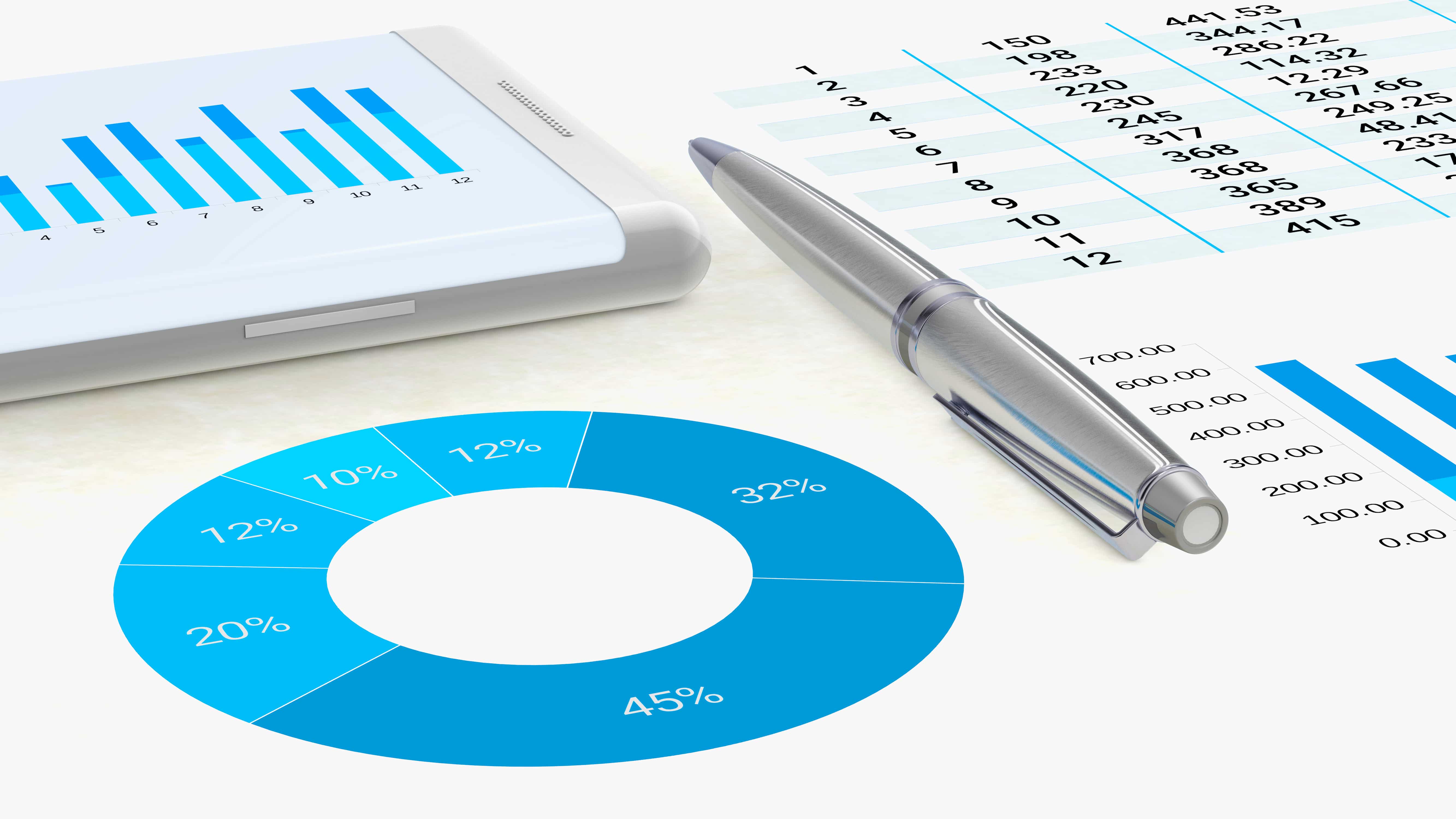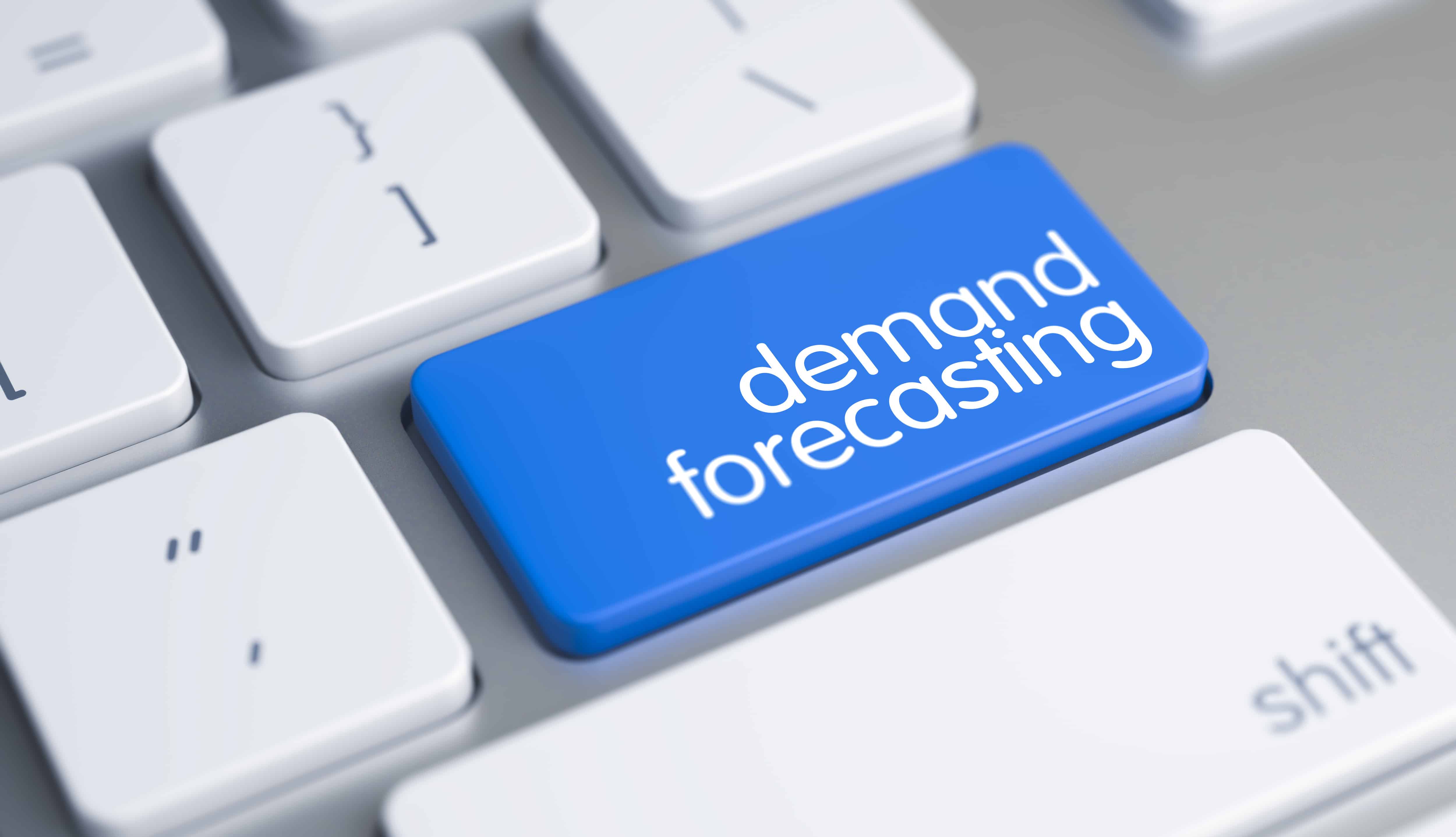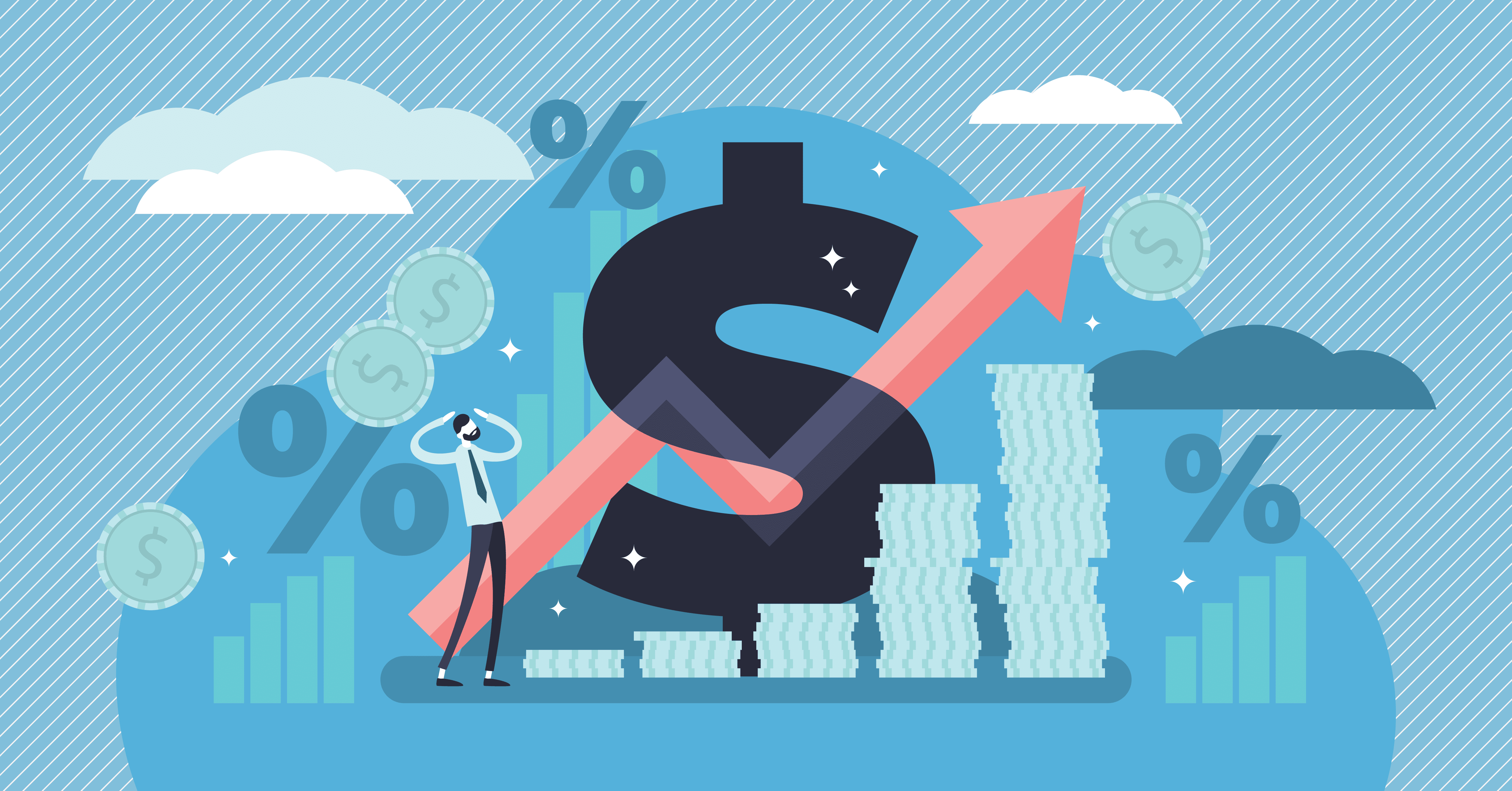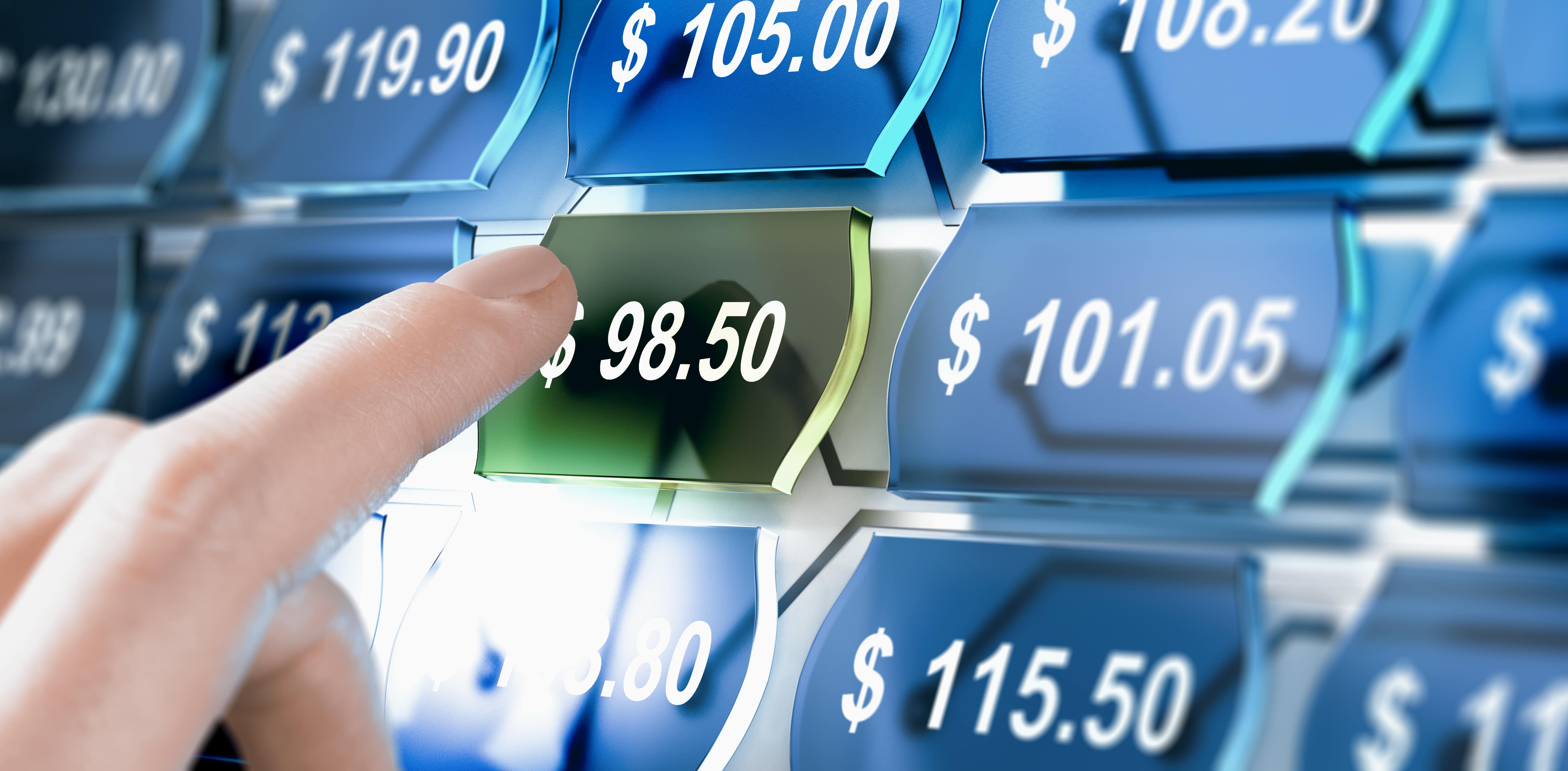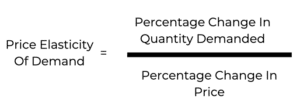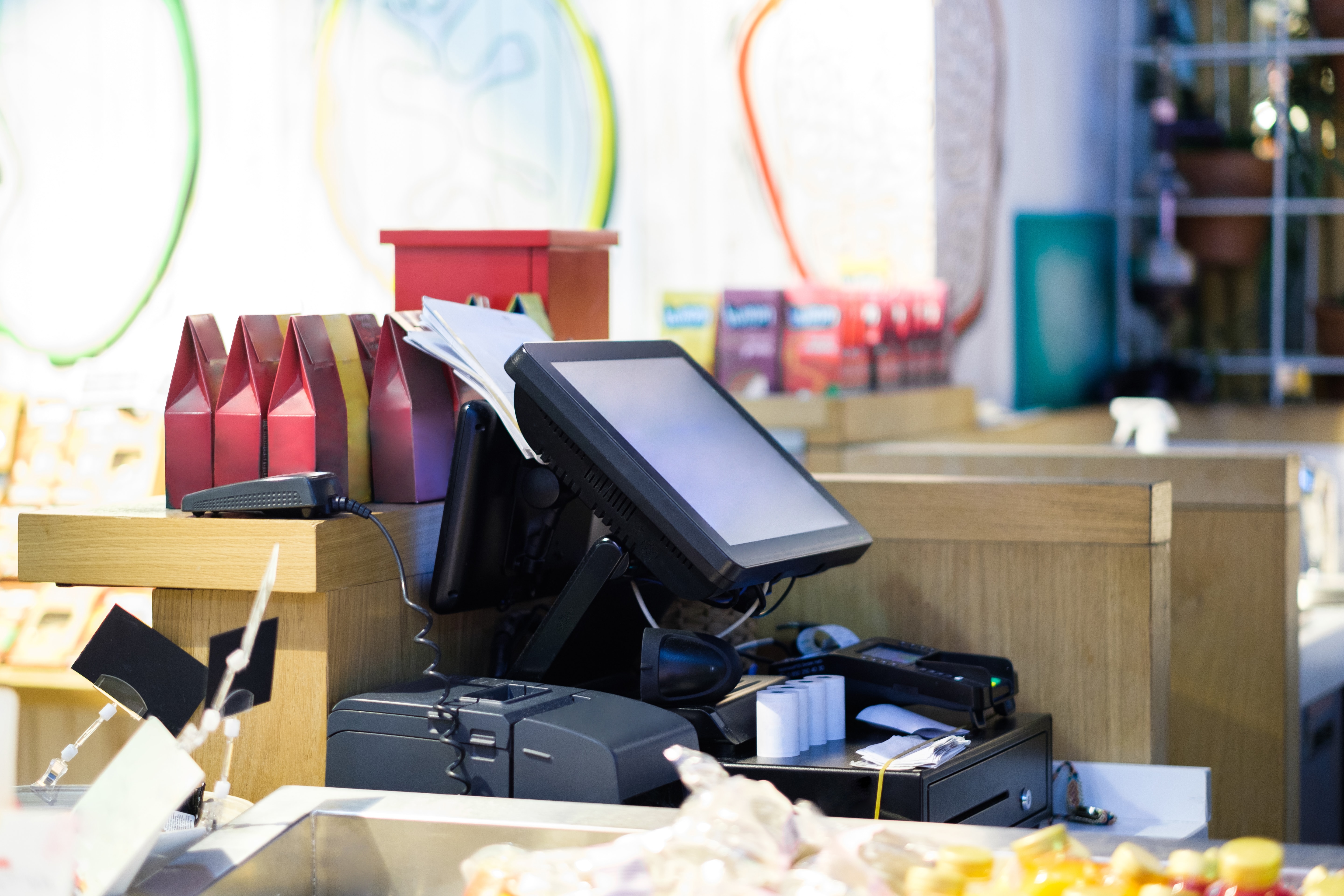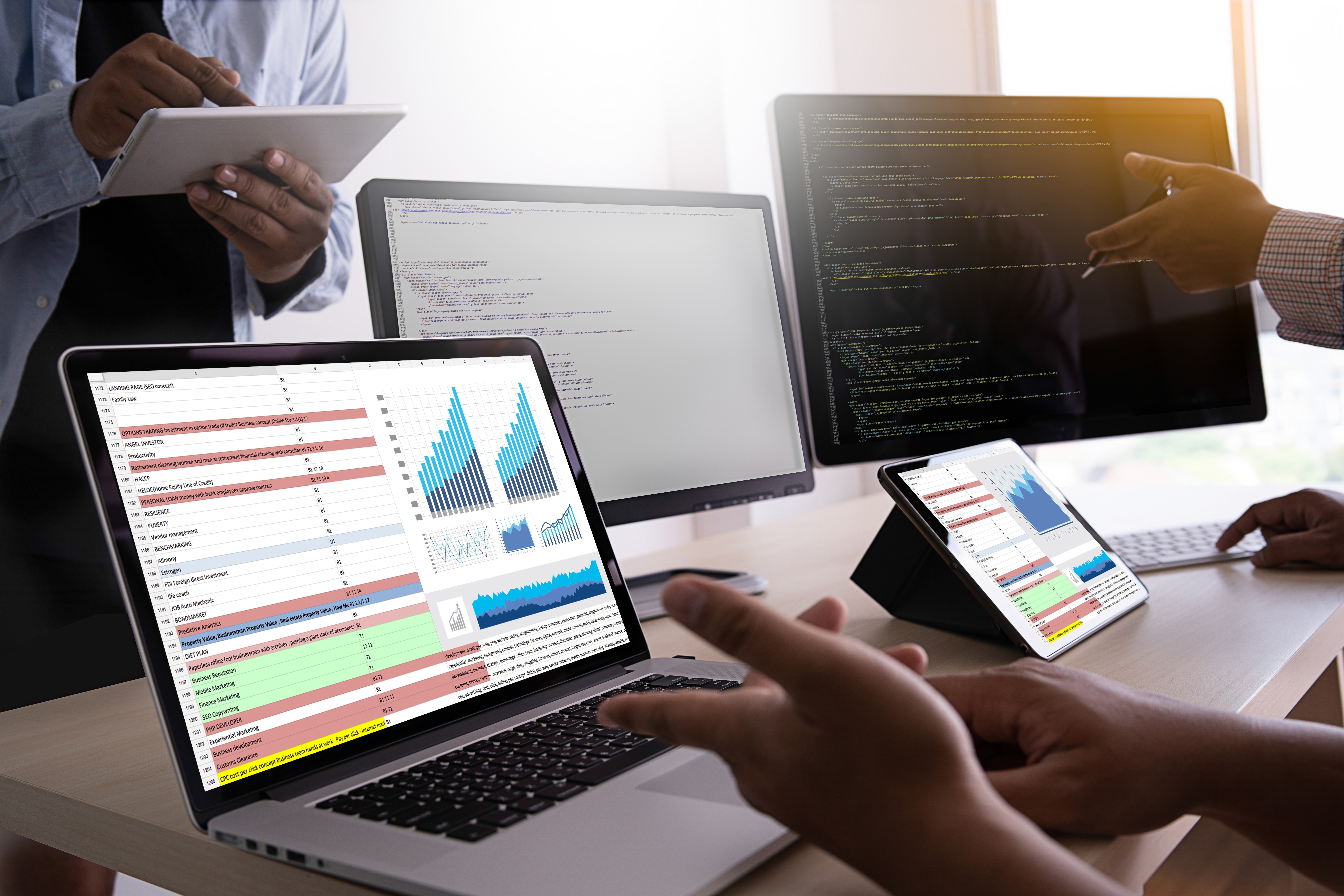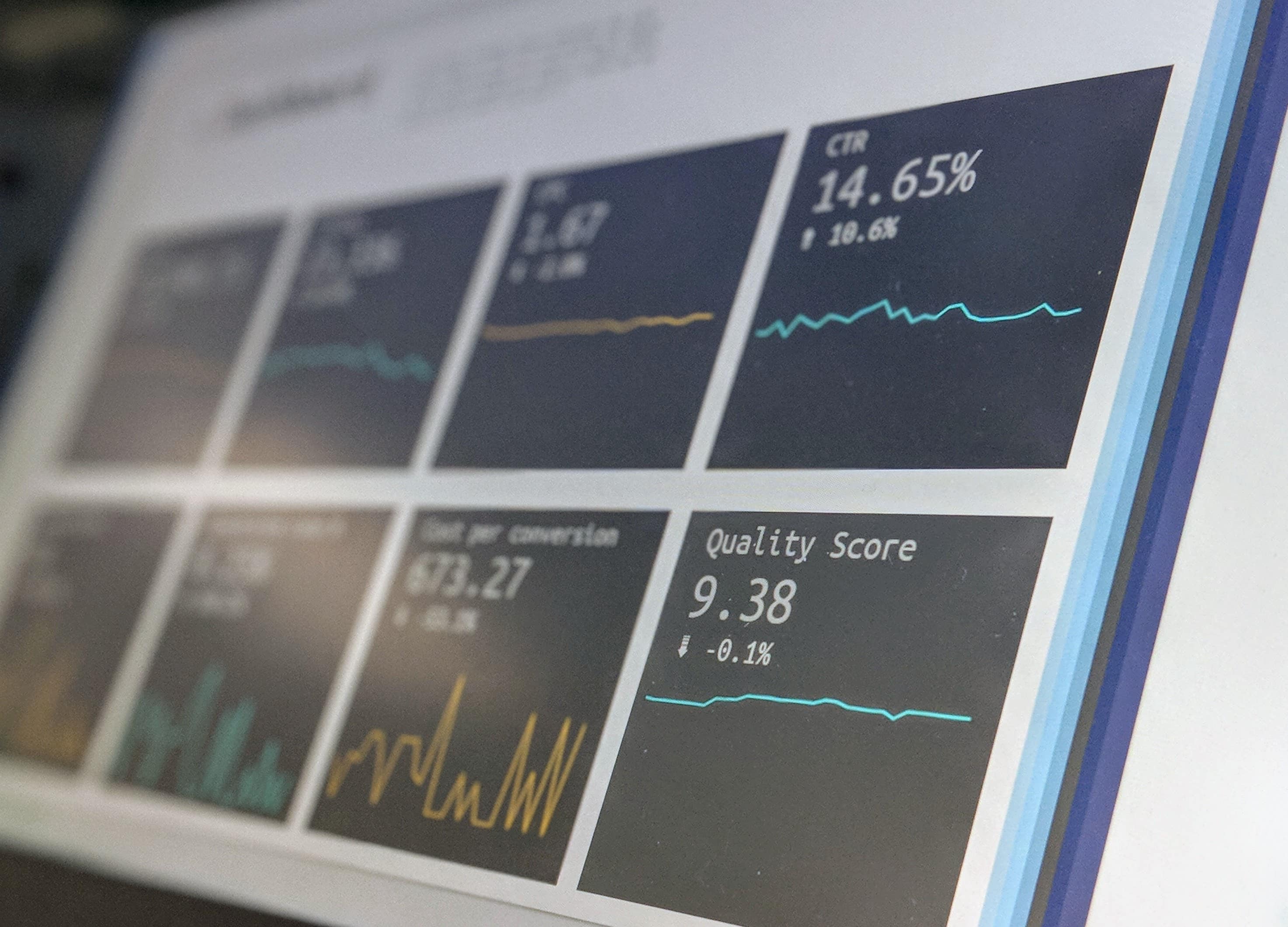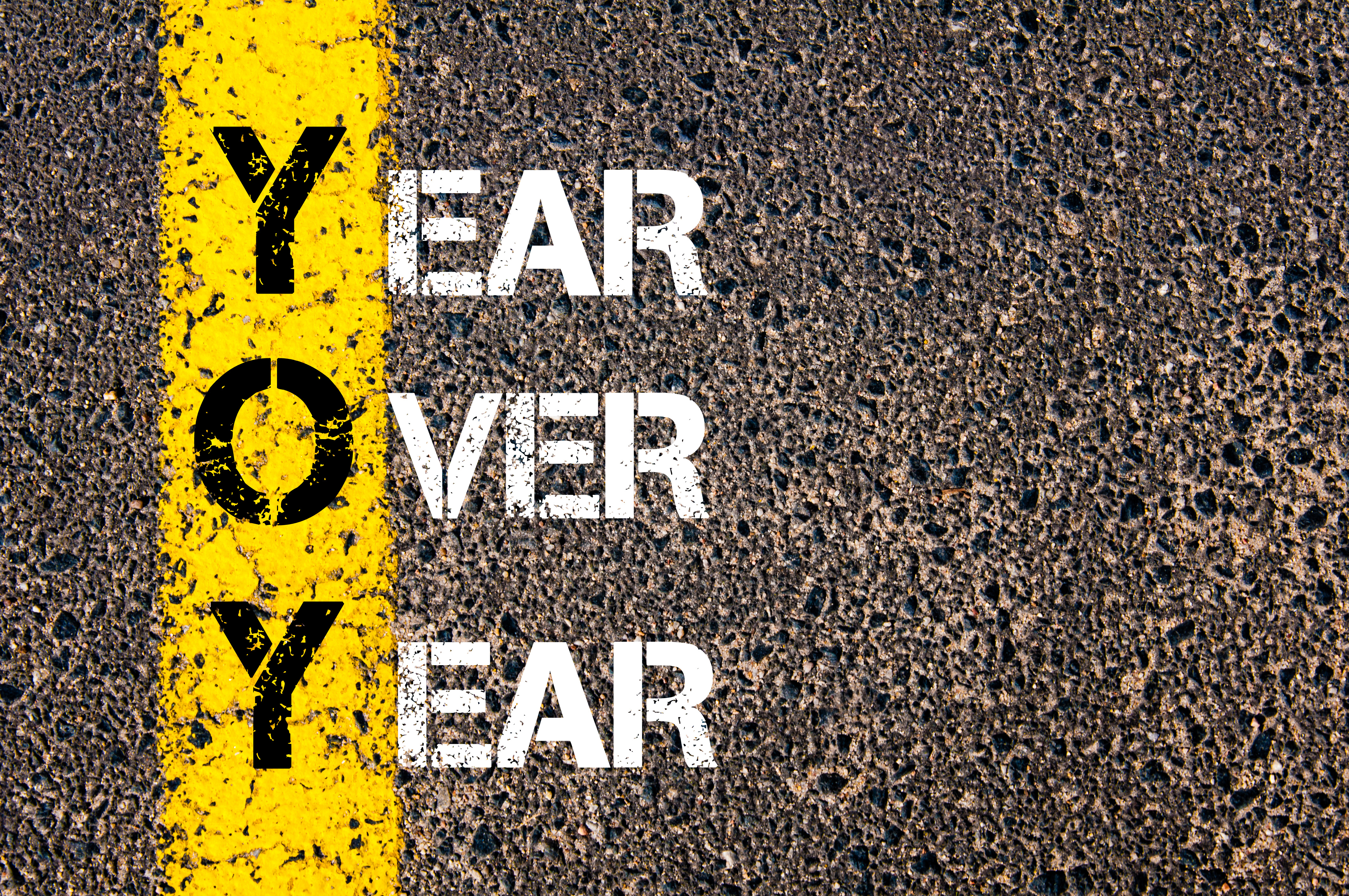
One of the most popular and most used financial comparisons in the world is the year-over-year method, also referred to as YOY. By using YOY, anyone can compare two or more measurable events on a yearly basis. If you’re a retailer that collects POS Data, you’re likely familiar with YOY as your POS Reports likely give you that reporting option. YOY is an important metric that can be applied to many things to compare one year versus another.
For those that are looking at YOY performance, it gives you the opportunity to gauge and see if your financial performance is improving, static or decreasing. As you can imagine, that’s a very important measurement to know, in both business analytics and financials.
Explaining Year Over Year (YOY)
There’s a reason why year-over-year comparisons are popular, they provide an effective way to evaluate the financial performance of a company or the performance of investments. Any measurable event that repeats annually can be compared on a YOY basis. Common YOY comparisons include annual, quarterly, monthly and weekly performances.
Year-over-year (YOY) is a method of evaluating two or more measured events to compare the results at one period with those of a comparable period on an annual basis. YOY comparisons are a popular and effective way to evaluate the financial performance of a company. If investors are looking to gauge a company’s financial performance, they’ll be using YOY as one of the main data points for that evaluation.
Benefits Of Year-Over-Year (YOY)
YOY measurements facilitate the cross-comparison of sets of data. Let’s use a quick example. We’ll say investors are interested in a business and we’re currently in the first-quarter. The investors will focus on this company’s first-quarter revenue using YOY data, which will allow the financial analyst or investors the opportunity to compare years of first-quarter revenue data. This is an easy and quick way to see if the company’s revenue is growing, static or decreasing.
For example, in the third quarter of 2018, Company B reported a net loss of $18 million, year-over-year. Company B reported net earnings of $195 million in the third quarter of 2017, which showed a decrease in this company’s earnings from comparable, annual periods. This YOY comparison is super valuable for investment portfolios, investors like to analyze YOY performance to see how performance changes across time.
Why Companies Use Year-over-Year (YOY)
YOY comparisons are popular when analyzing a company’s performance because they help rule out seasonality elements, which can often be a big factor that influences your bottom line. Sales, profits, and other financial metrics change during different periods of the year because most lines of business have a peak season and a low demand season.
For example, retailers have a peak demand season during the holiday shopping season, which falls in the fourth quarter of the year. Black Friday is a great example here, Christmas also. To properly evaluate a company’s performance, it makes sense to compare revenue and profits year-over-year. Now, what about a swimming pool company, are they going to have seasonality factors? Absolutely, that company will have a peak season during the spring and summer months.
When you’re comparing quarter vs quarter, it’s important to compare the fourth-quarter performance in one year to the fourth-quarter performance in other years. If an investor looks at a retailer’s results in the fourth quarter versus the prior third quarter, it might appear a company is undergoing unprecedented growth when it is seasonality that is influencing the difference in the results. Similarly, in a comparison of the fourth quarter to the following first quarter, there might appear a dramatic decline when this could also be a result of seasonality.
YOY also differs from the term “sequential,” which measures one quarter or month to the previous one and allows investors to see linear growth. For instance, the number of software subscriptions a SAAS company sold in the second quarter of 2018 compared to the first quarter of 2018, or the number of golf clubs a company sold in October 2018 compared to September 2018.
*Accelerated Analytics publishes resources like this to provide insights to different analytical metrics, data points and formulas. Please be aware, we’re not claiming that our POS reporting services will offer this example or any other metric, data point or formula. To learn exactly what our reporting covers, please feel free to schedule a demo or give us a call. Thanks for understanding.
